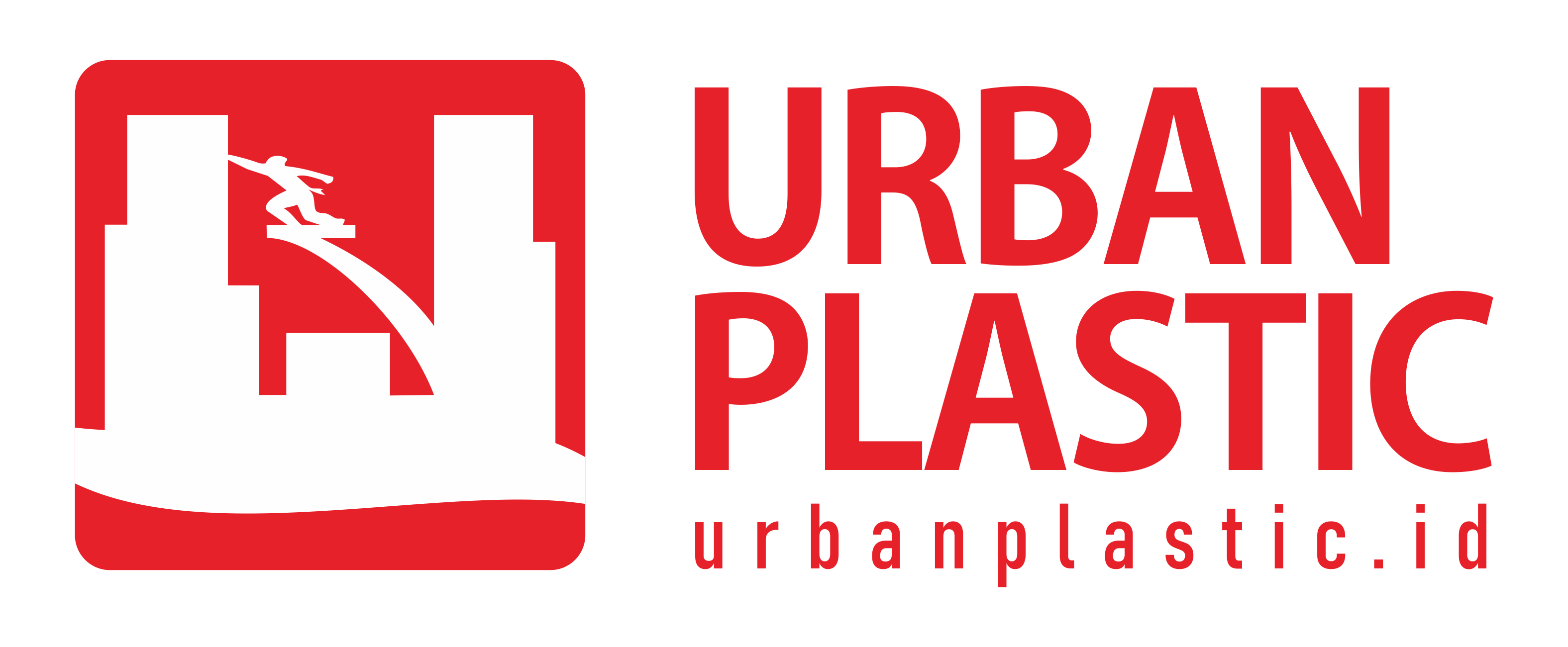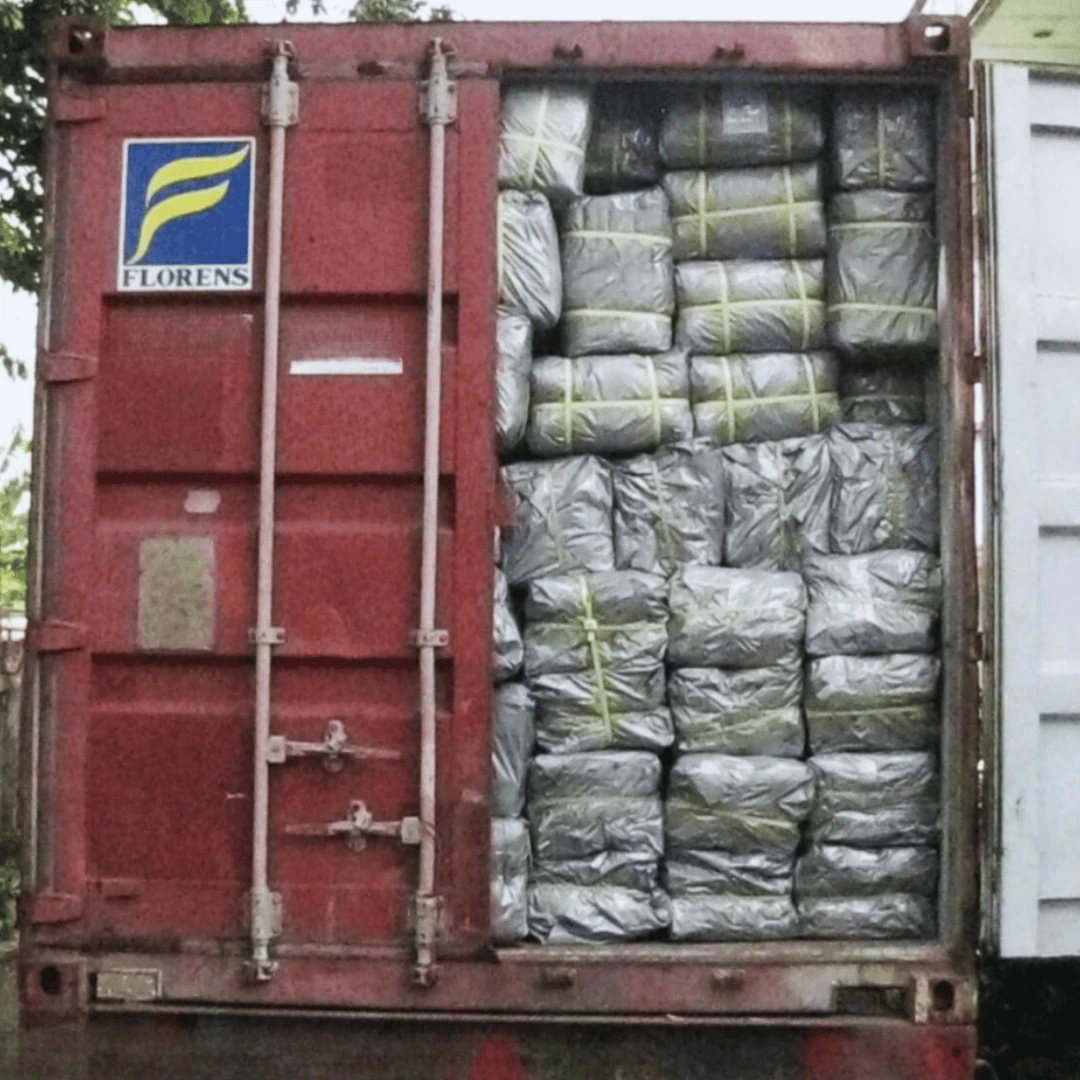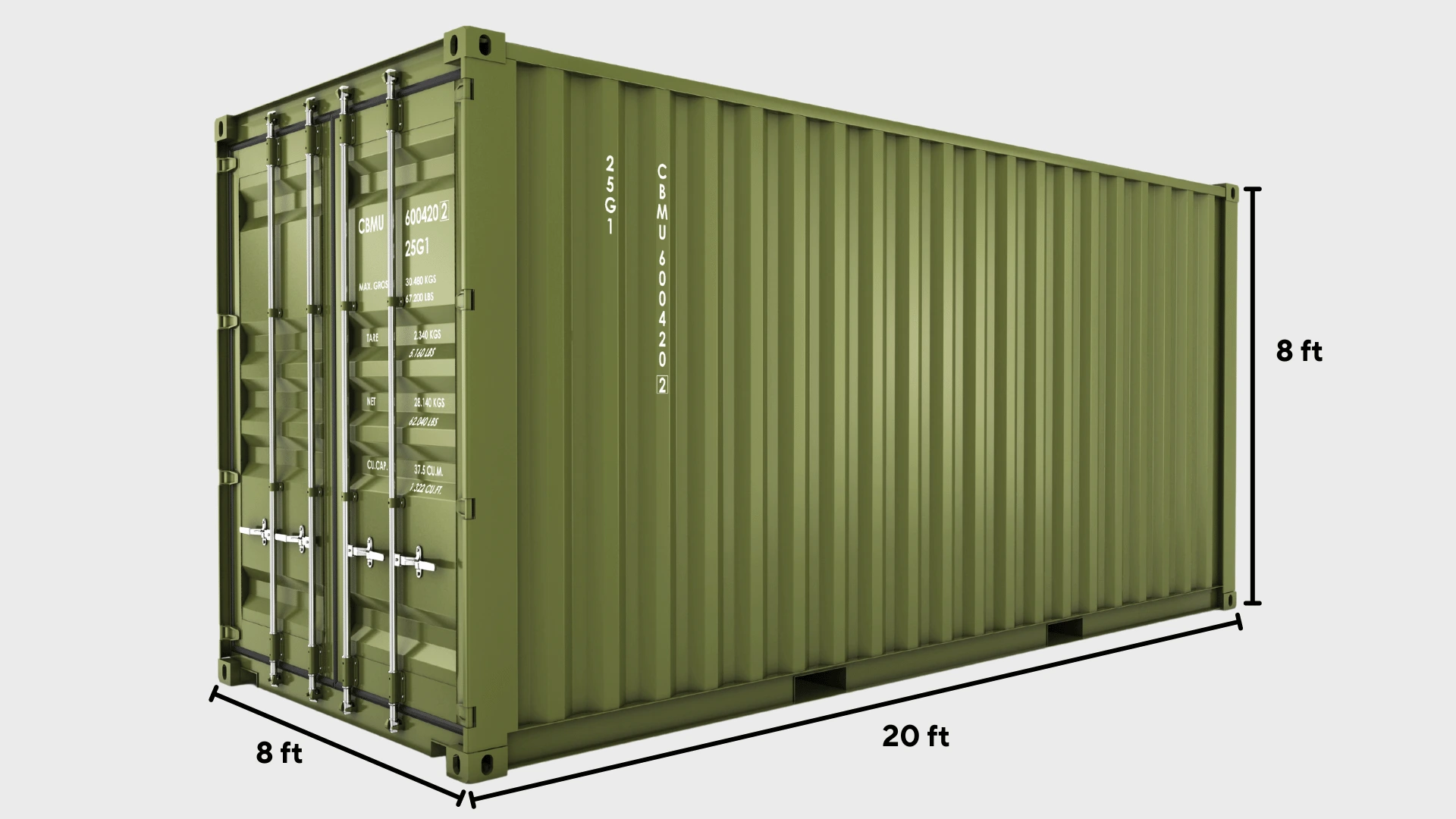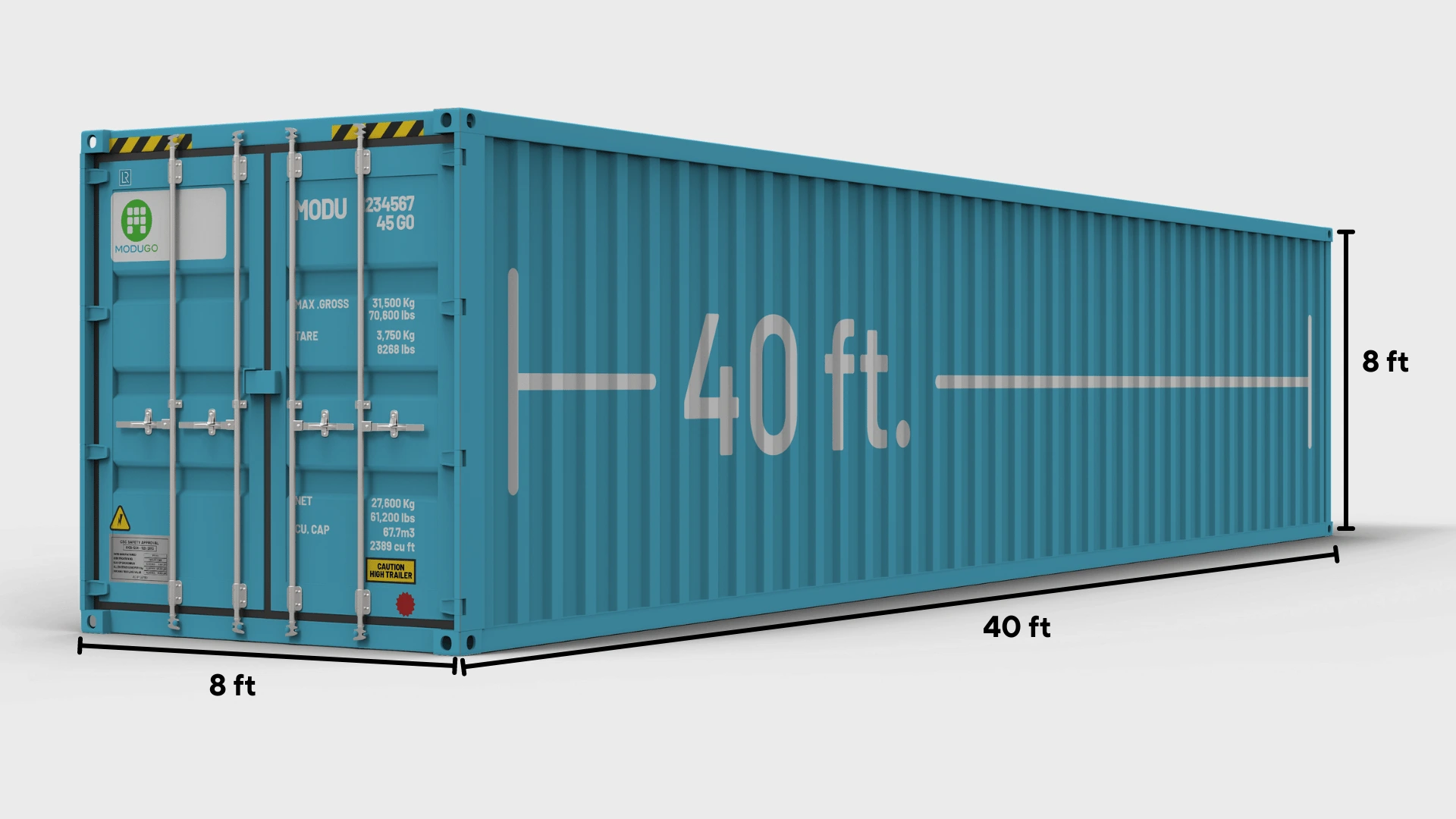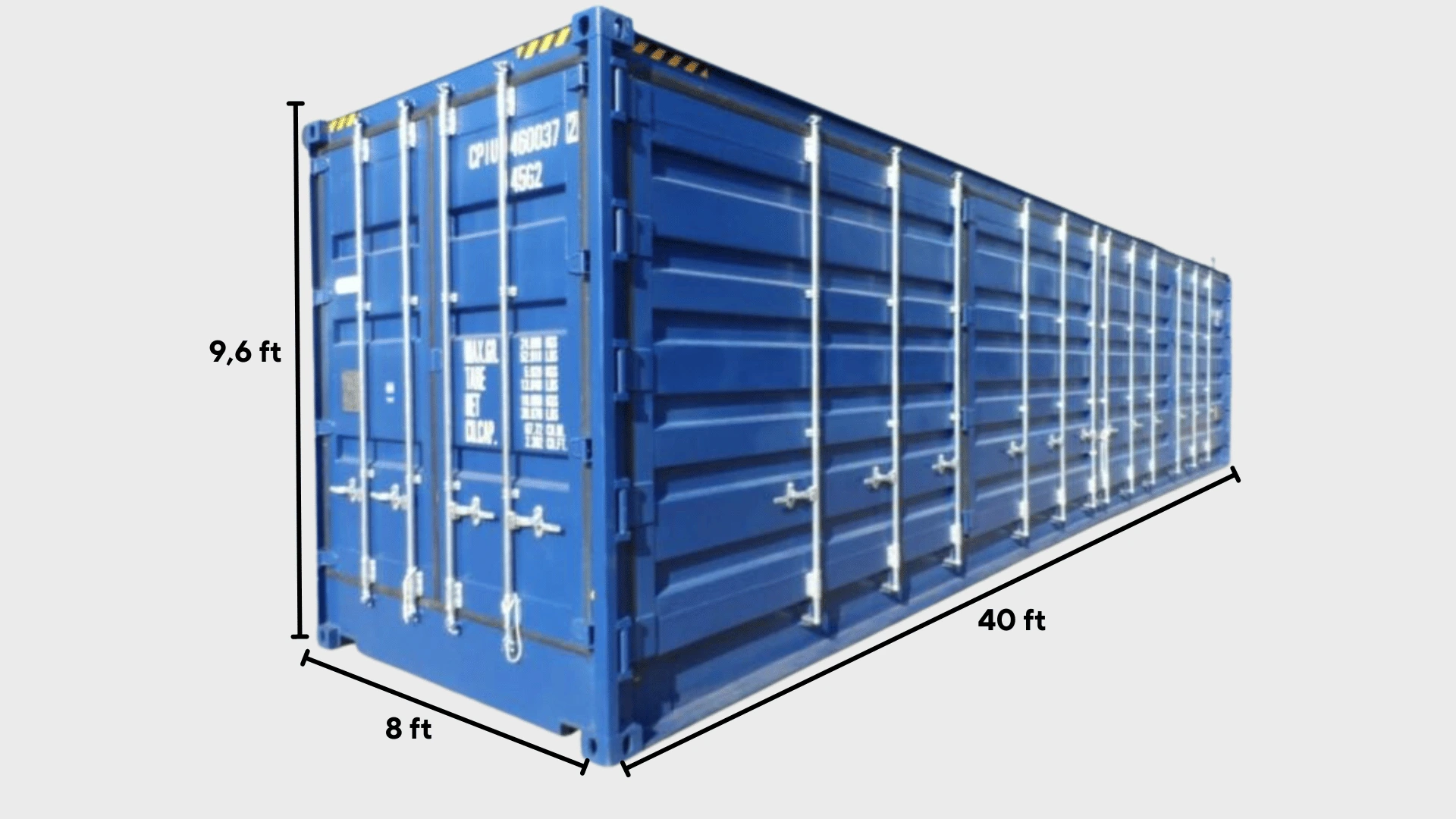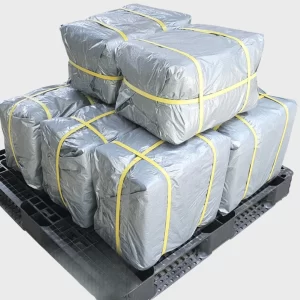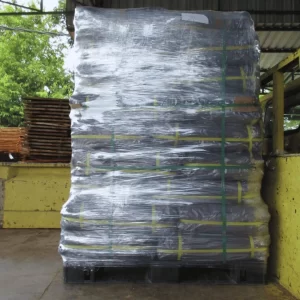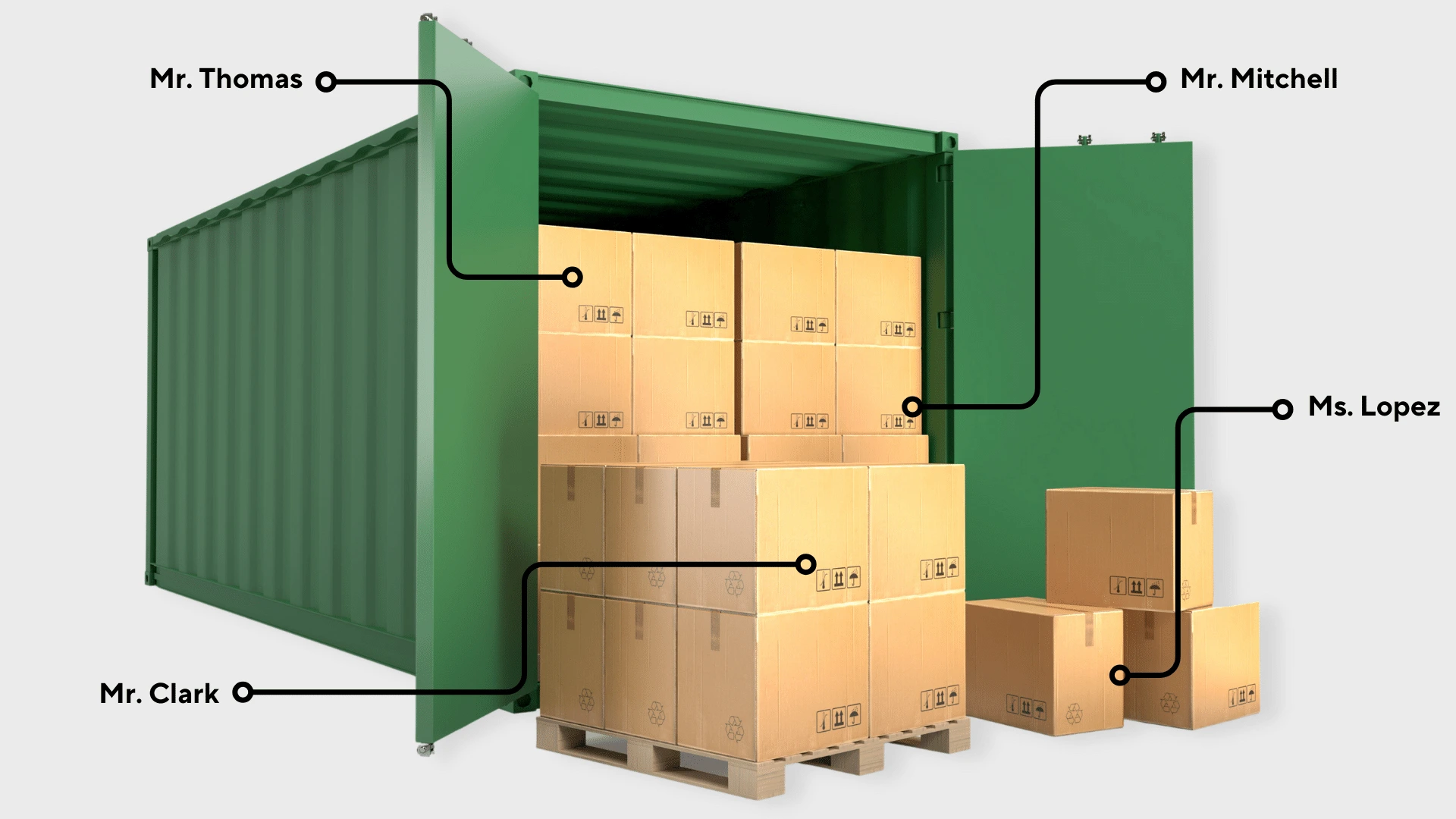- Home
- /
- Shipping & Delivery
Shipping and Delivery
Urban Plastic prides itself on having an adept transportation and shipping team, committed to delivering on time. Our team steadfastly focuses on sticking to delivery schedules, ensuring guaranteed customer satisfaction through our reliable and efficient service.
Port of Loading
Urban Plastic, a leading company, provides high-quality planter bags ready for export to various countries. We dispatch our products via two main routes: land and air, to ensure delivery efficiency and speed. Urban Plastic utilises two primary ports in Indonesia for exporting, namely Tanjung Priok Port in Jakarta and Tanjung Perak Port in Surabaya. Both ports boast advanced, well-integrated facilities, allowing us to swiftly and safely ship our products to international destinations. Our experienced logistics team ensures that each shipment is conducted to the highest standards, guaranteeing that the products reach our customers in optimal condition. We are committed to providing a service that is not only fast and efficient but also prioritises customer satisfaction, which is the key to our success in the planter bag export business.
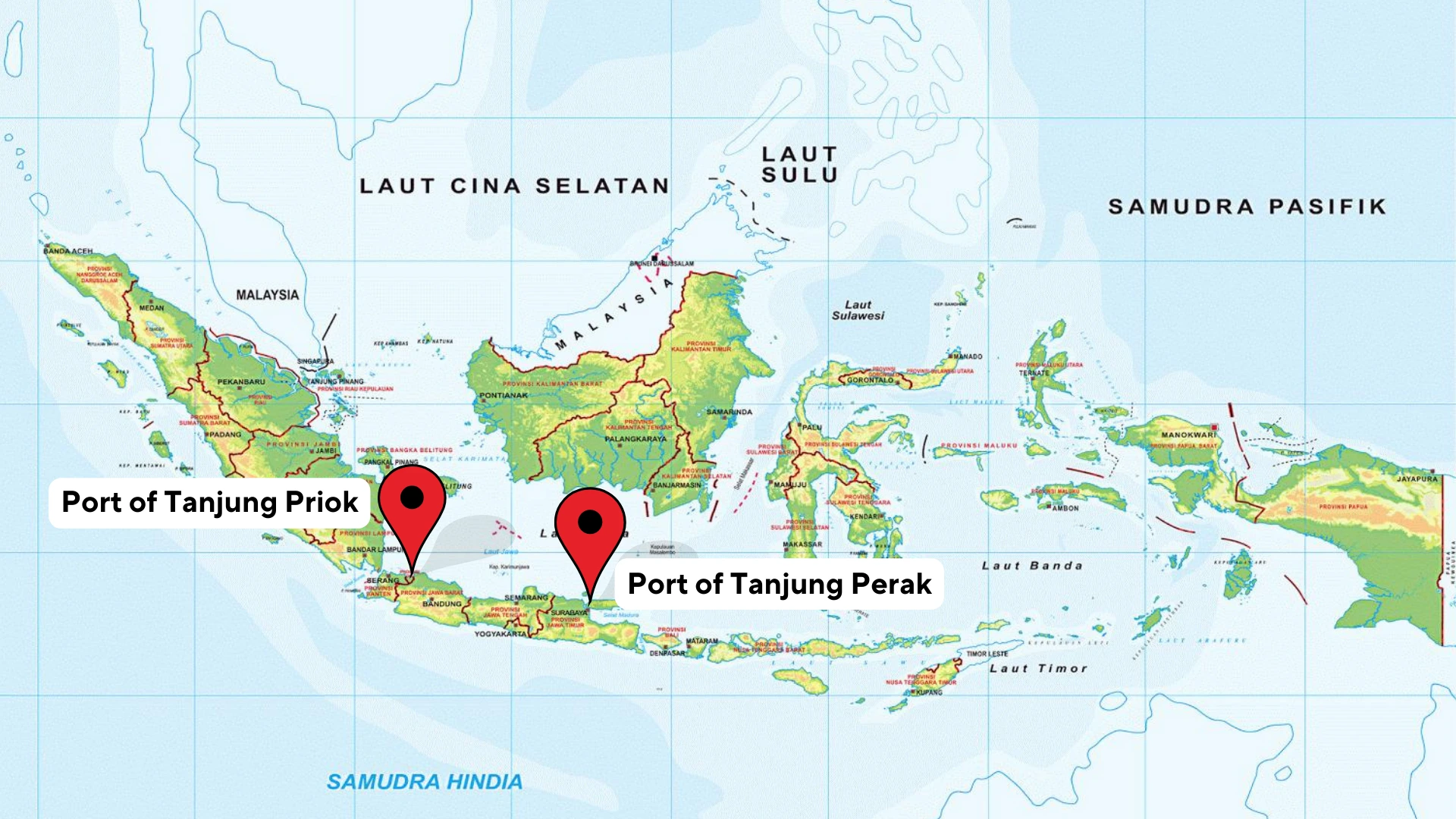

How We Ship the Product
Our planter bag products are predominantly dispatched via sea freight, employing two primary methods: Less than Container Load (LCL) and Full Container Load (FCL). LCL is utilized for smaller shipments that do not fill an entire container, enabling cost-effective sharing of container space. In contrast, FCL is chosen for larger consignments, where a whole container is dedicated to our products, ensuring more control over the shipping environment and schedule.
1. By FCL (Full Container Loaded) using 20 feet, 40 feet, 40 feet HC, dry
For the export of our planterbag products, we generally use standard shipping containers of three sizes: 20 feet, 40 feet, and 40 feet High Cube (HC). The selection of these containers is meticulously based on their size and capacity, aimed at maximising space utilisation and ensuring the efficient transport of our goods to diverse global locations.
The decision on the size of the container is influenced by several key factors. Primarily, it depends on the volume of the shipment; different quantities necessitate different container sizes for optimal space usage. The nature of the planterbags themselves – their size, shape, and packaging – also plays a crucial role in this decision-making process, as it affects how they fit and are secured within the container.
Additionally, each consignment’s specific needs are considered. This includes understanding the destination’s requirements, the desired delivery timelines, and cost considerations. Our aim is to ensure that every shipment is not only cost-effective but also meets our high standards of safety and quality in transit. Thus, the choice of container is a careful balance between shipment volume, product characteristics, and individual consignment requirements, ensuring the best fit for each export.
Planter Bag loaded in 20ft container
20ft Container
40ft Container
20HC Container
2. By LCL (Less than Container Loaded)
The image beside this text demonstrates our approach to packing planter bags for LCL (Less than Container Load) shipments, whether they are transported by sea or air. In this procedure, we carefully place the items onto a plastic pallet. Subsequently, we employ strapping bands to firmly secure the items, ensuring they are tightly fastened. Additionally, we wrap the goods several times with durable plastic wrapping, providing an extra layer of protection and stability during transportation. This packing method is crucial for protecting the planter bags from potential damage and guarantees their safe arrival at the destination.
LCL (Less than Container Load) shipment, a key logistics solution, is expertly coordinated by freight forwarders who amalgamate various consignments into a single container. This process is illustrated in the image provided. In an LCL shipment, diverse items, such as Mr. Clark’s, Mr. Mitchell’s, Mr. Thomas’s, and Ms. Lopez’s, are combined and shipped together in the same container.
This shipping method is particularly advantageous for orders that fall below the minimum quantity required for a full 20 or 40-foot container, exemplified by an order of just 10 bales. In such cases, the LCL option allows for these smaller orders to be shipped in a 20-foot container, consolidated with goods from other exporters, which may include an array of items like furniture, food, and clothing. This consolidation strategy makes LCL shipment a cost-effective alternative compared to air freight, especially for smaller orders.
The cost implications of LCL shipments, however, differ markedly from those of Full Container Load (FCL) shipments. In FCL shipments, a single party fills and utilises an entire container, significantly reducing the cost per unit. For instance, shipping about 500 bales of Planter Bags in a full container might cost around $45,000, translating to an FOB (Free on Board) cost of $90 per bale ($45,000 divided by 500 bales).
Conversely, the cost dynamics of LCL shipments are different. If a customer orders a smaller quantity, like 10 bales, the FOB cost might be $1,200. This results in a higher FOB cost per bale, which would be $120 ($1,200 divided by 10 bales). The reason for this increase is simple: shipping smaller quantities incurs relatively higher overheads and logistical costs per unit.
Therefore, while LCL shipments offer flexibility and are economically viable for smaller orders, they carry a higher cost per unit compared to FCL shipments. This difference in cost structure is a reflection of the logistics and overheads involved in accommodating smaller quantities within a shared container space. LCL shipments, though costlier per unit, provide a vital option for those needing to transport smaller amounts of goods, effectively bridging the gap between affordability and practicality in global shipping.
